31 Day Zero Waste Challenge – For Kids!
Eco-Friendly Kids and Parenting
September 25, 2017 | Kathryn Kellogg
Last Updated on January 23, 2024
I have been hard at work on this 31-day challenge, and I am so excited to share it with you! Rebecca, a middle school math and science teacher in the bay area, had a fabulous idea for Zero Waste October.
She asked me if I’d be willing to craft a challenge with an accompanying workbook inspired by my 31 Day Zero Waste Challenge which is geared more towards adults.
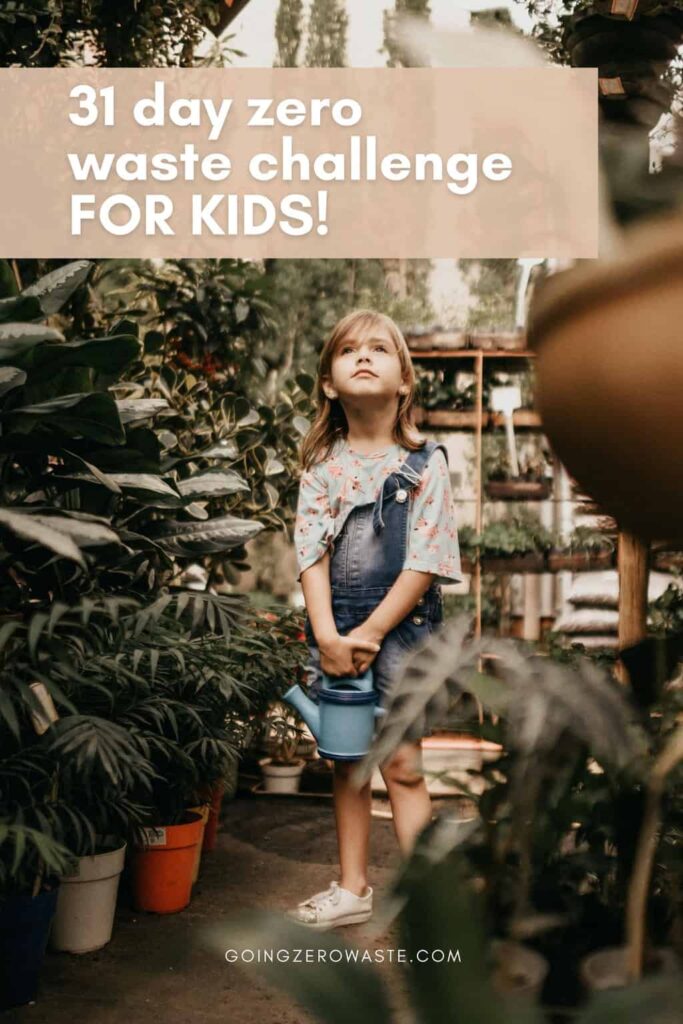
I lept at the chance to create something in conjunction with a teacher, and several schools participated in Zero Waste October the first year we rolled it out.
The challenge can be done by individual families or with teachers in a classroom setting. Of course, you don’t have to do the challenge in October, you can do it anytime of the year.
But, Rebecca specifically chose October because it’s the perfect time for her classroom because the kids are settled into their school routines and there are no major holiday breaks happening.
With this challenge you’ll find a few things you’ll need. The handy PDF booklet which is free to print or you can keep it as a digital copy, the calendar below which you can print or make the background of your phone and tablet.
And, if you’re a teacher be sure to check out this google doc for morning announcements and daily bulletin blurbs.
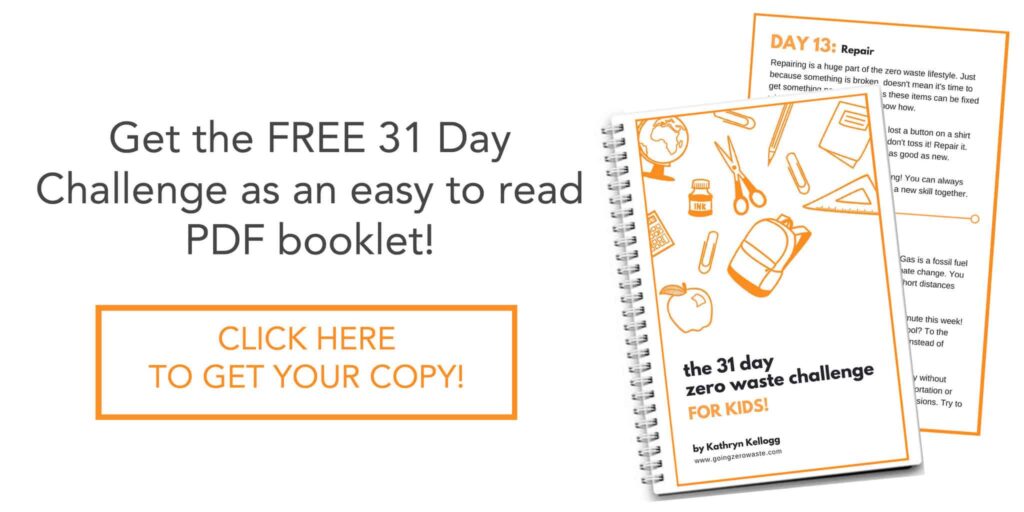
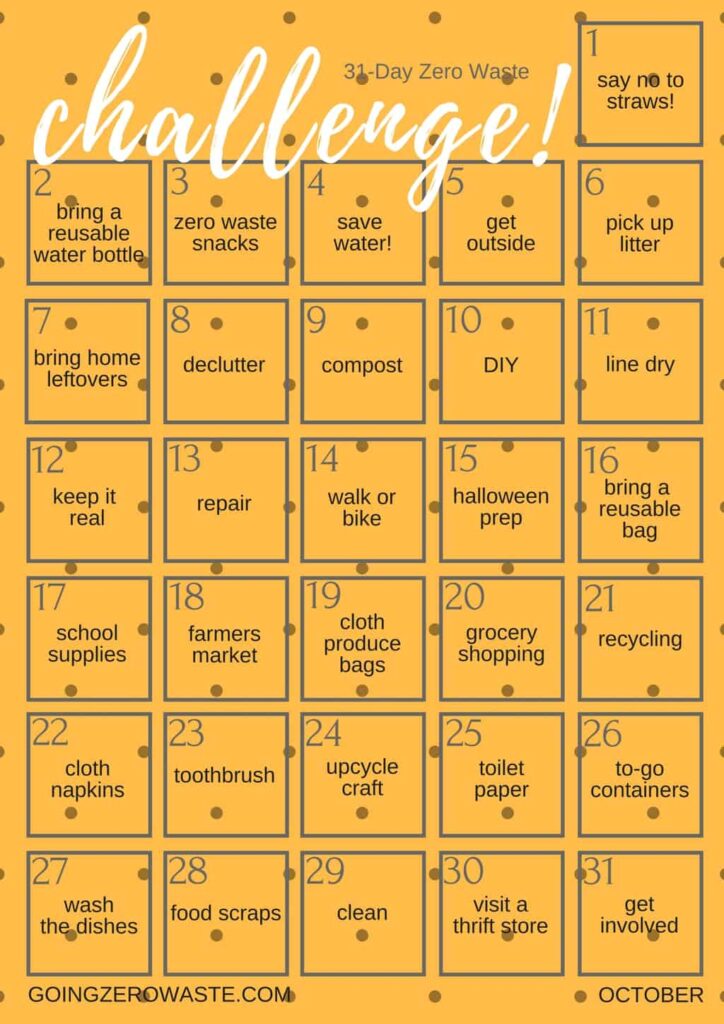
Table of Contents
day one:
SAY NO TO STRAWS
500 million plastic straws are used in the US each and every day! It’s a huge problem because plastic doesn’t go away. It only gets smaller and smaller.
It’s a huge threat to marine life and human health. But, you can help make a positive impact!
Here’s the challenge: Next time you’re at a restaurant or the cafeteria, order your drink without a straw. Go ahead and give it some practice.
“I would like (whatever you’d like to drink) without a straw, thank you.
day two:
REUSABLE WATER BOTTLE
60 million water bottles are landfilled each day! Plastic has a very low recycle rate. Only 9% is actually recycled.
It’s much better to bring a reusable bottle.
Here’s the challenge: Before you leave your house, make sure you have a reusable bottle with you. Don’t forget!
Get in the habit of carrying it with you for the WHOLE month.
RELATED POST: How to Remember your Reusable Water Bottle
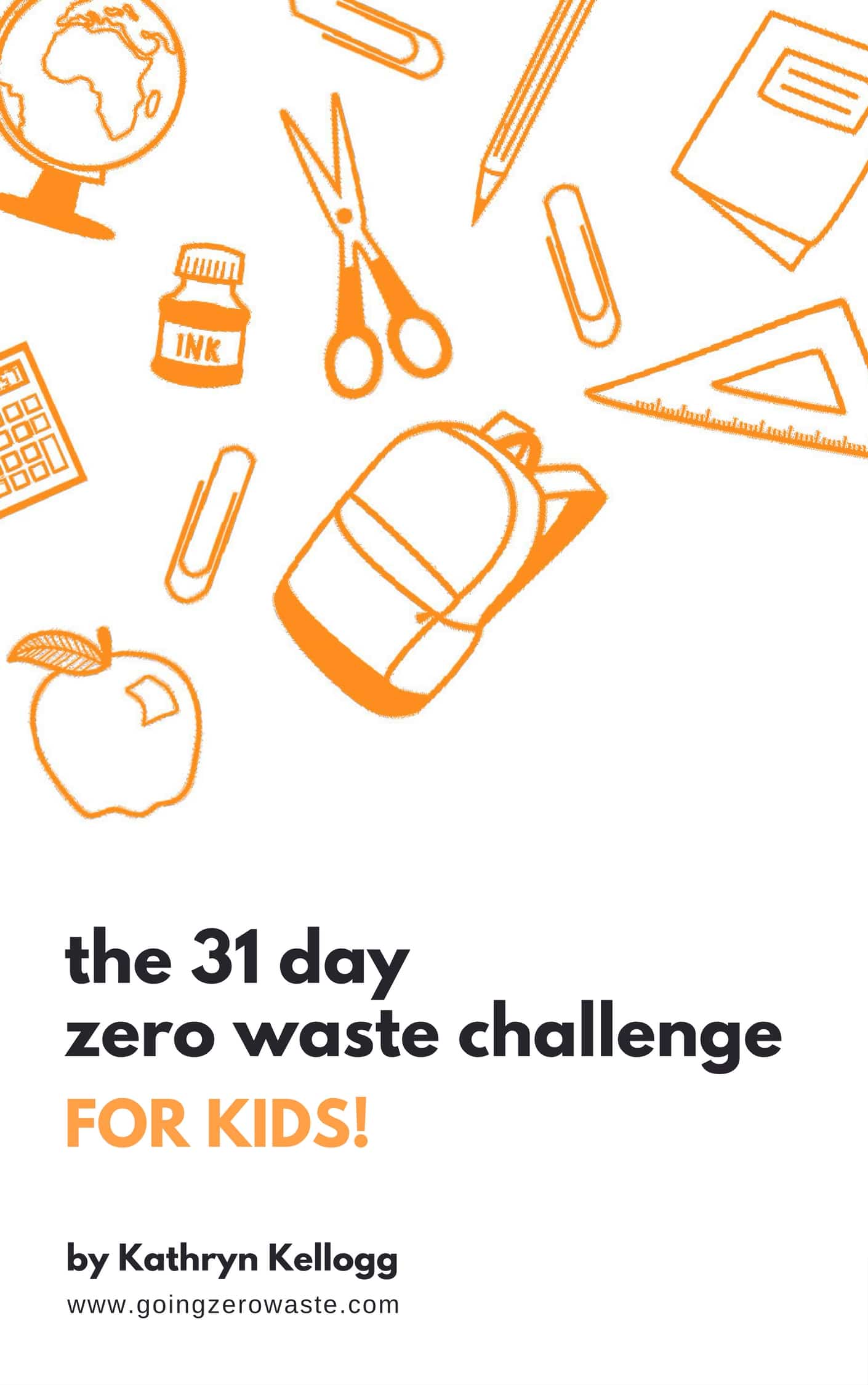
day three:
ZERO WASTE SNACKS
Most snacks come with a lot of packaging. Think about how all of those tiny packages add up.
Here’s the challenge: Instead of reaching for a prepackaged snack try your hand at making your own or reach for a snack that doesn’t have a lot of packaging. Here are some ideas:
– homemade trail mix
– carrot stick and hummus
– stovetop popcorn
– apple slices in peanut butter
– package-free fruits and veggies
– or try a homemade version of your favorite packaged snack like a homemade granola bar!
RELATED POST: 5 Easy, Zero Waste, Back to School Snacks
day four:
SAVE WATER
The average American home uses 400 gallons of water a day. That’s a lot of water! You can help reduce your family’s water consumption.
Here’s the challenge: Pick two new ideas to implement at home:
– turn off the water while brushing your teeth
– take shorter showers or only fill the bathtub half way
– help wash produce in a large bowl instead of under running water
– fill up the sink to wash the dishes instead of under running water
day five:
GET OUTSIDE
Nature is so amazing and wonderful! It’s worth preserving its natural beauty. It’s easy to get caught up inside watching TV, playing video games, or doing too much homework.
Getting outside is a great reminder for why you’re trying to save the world! Nature is really rejuvenating and can help increase focus and boost your mental health.
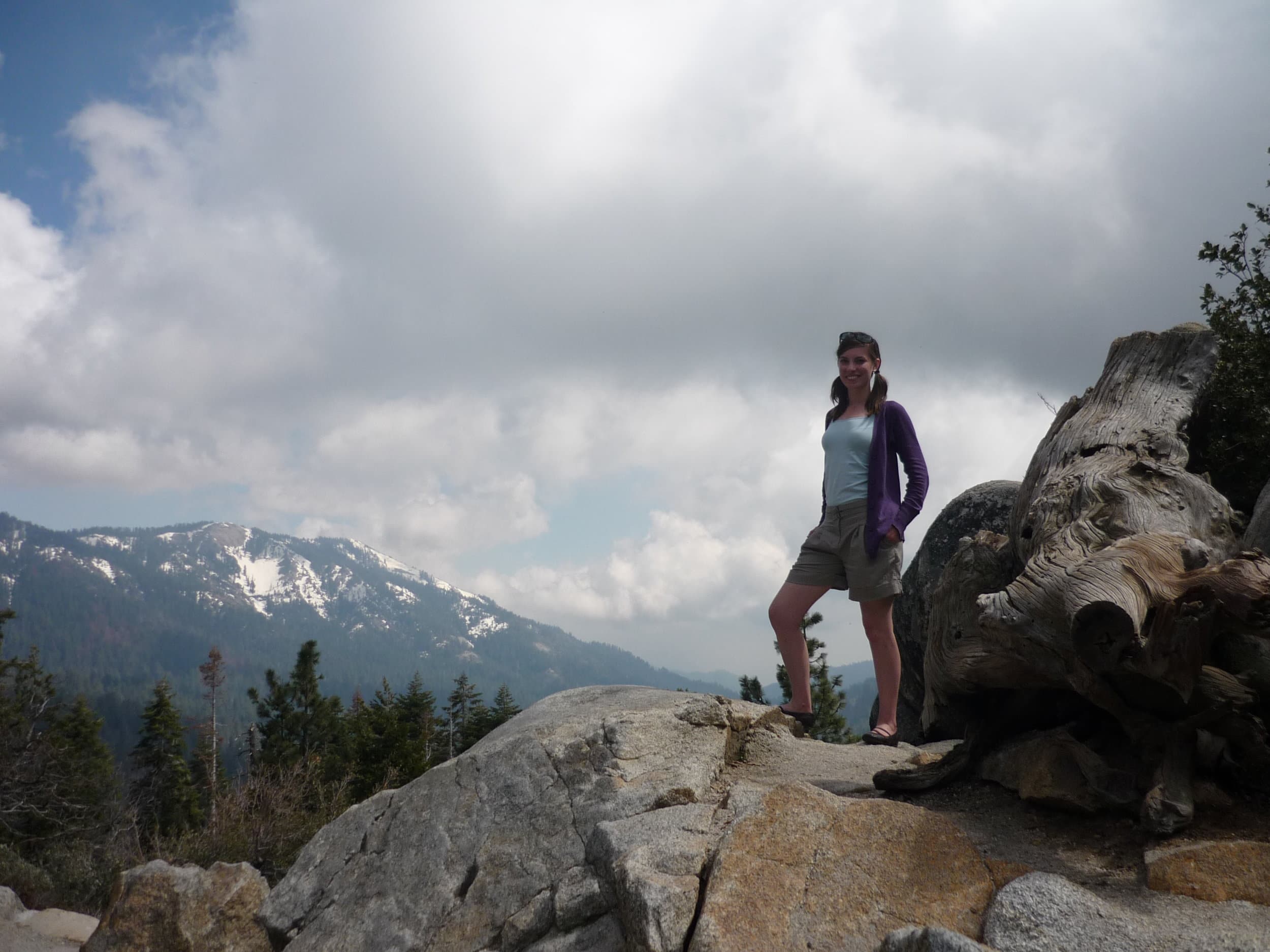
Here’s the challenge: Get outside and explore! Spend 15-30 minutes each day outside and observe the beautiful natural wonders of nature.
day six:
PICK UP LITTER
Walking around the schoolyard or around your neighborhood, do you see trash on the street? Do you know where the trash will wind up?
Probably a storm drain which will drag the trash out to sea where it can harm the animals and nature. But, you can fix it!
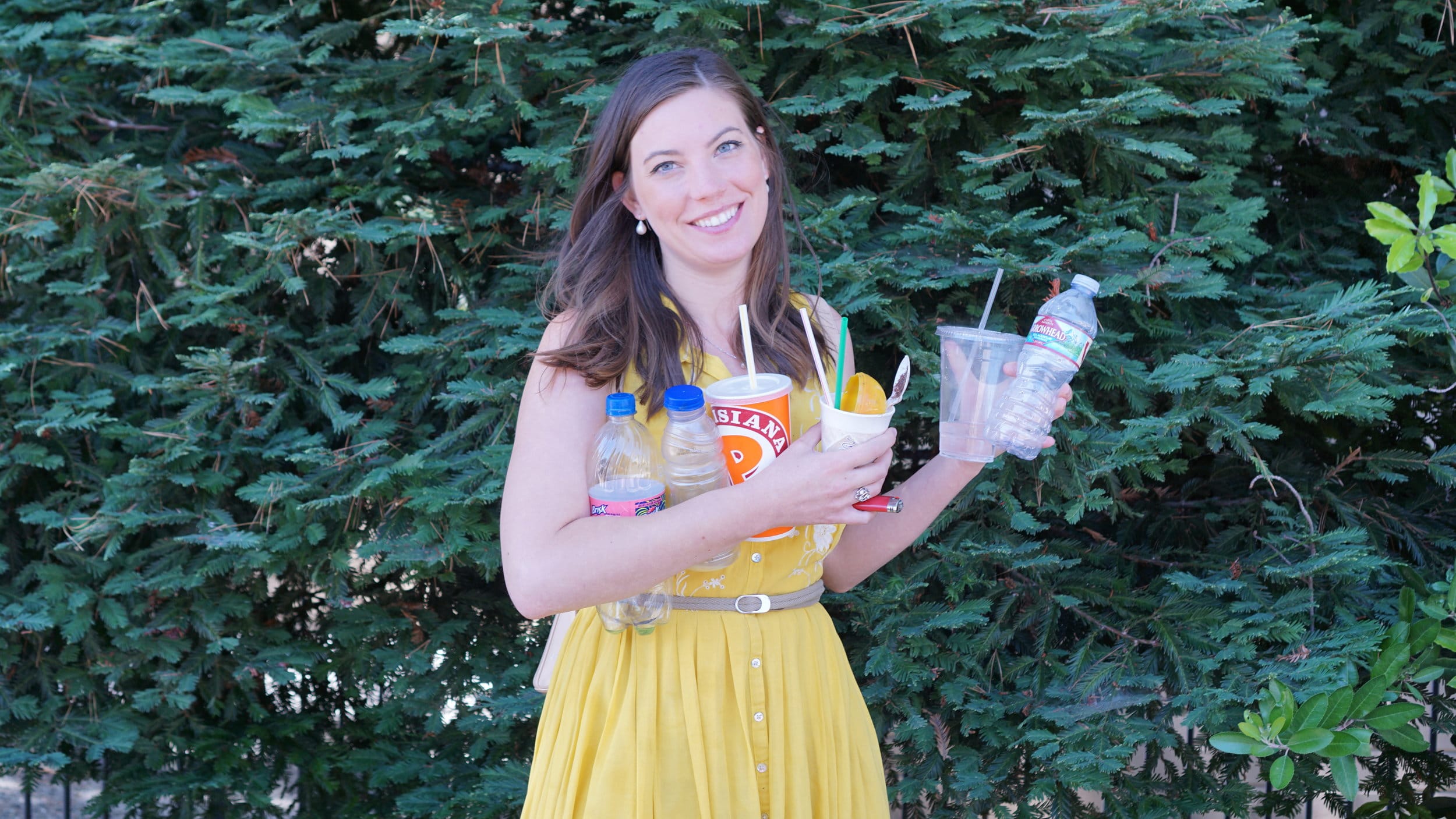
Here’s the challenge: If you see litter, pick it up and put it in the proper bin whether it be recycling or trash. Look for the main culprits: plastic bottles, straws, fast food cups, coffee cups, snack wrappers, plastic sandwich bags and plastic grocery bags.
day seven:
BRING HOME LEFTOVERS
Food waste is a huge problem! Did you know 40% of all the food in America goes to waste? Food takes a lot of resources to grow and transport, and we shouldn’t waste it.
Here’s the challenge: After you finish your lunch, make sure you pack up any food you have left over. Put it in your lunch box. You can eat it as a snack when you get home or eat it tomorrow.
RELATED POST: 8 Innovative Ideas for Cooking with Food Scraps
day eight:
DECLUTTER
Zero waste isn’t only about trash, it’s also about resource production. We’re currently consuming two earth’s worth of resources each year. We’re running out of resources so we should be careful how many new items we bring into our lives and make sure to redistribute the ones that we don’t need.
Currently, the US has only 3% of all the children in the world but own 40% of all the toys! Do you have any extra toys that could be redistributed?
Here’s the challenge: Go through the toys in your room this weekend and make a pile of toys in good condition that you can donate.
RELATED POST: What do Minimalism and Zero Waste have in Common?
day nine:
COMPOST
Composting is super important! If you can’t finish all of your food you should compost it. Composting returns natural items like food scraps and paper back to the soil where it will break down.
It’s one of the best ways you can help fight climate change!

Here’s the challenge: Locate your nearest compost facility and use it. Does your school offer composting? Do you have a local community garden where you could compost? Could you use your backyard?
RELATED POST: The Ultimate Guide to Backyard Composting
day ten:
DIY
A lot of products you buy in packaging in the store are very easy to make. A lot of them also have questionable ingredients that might not be so good for you.
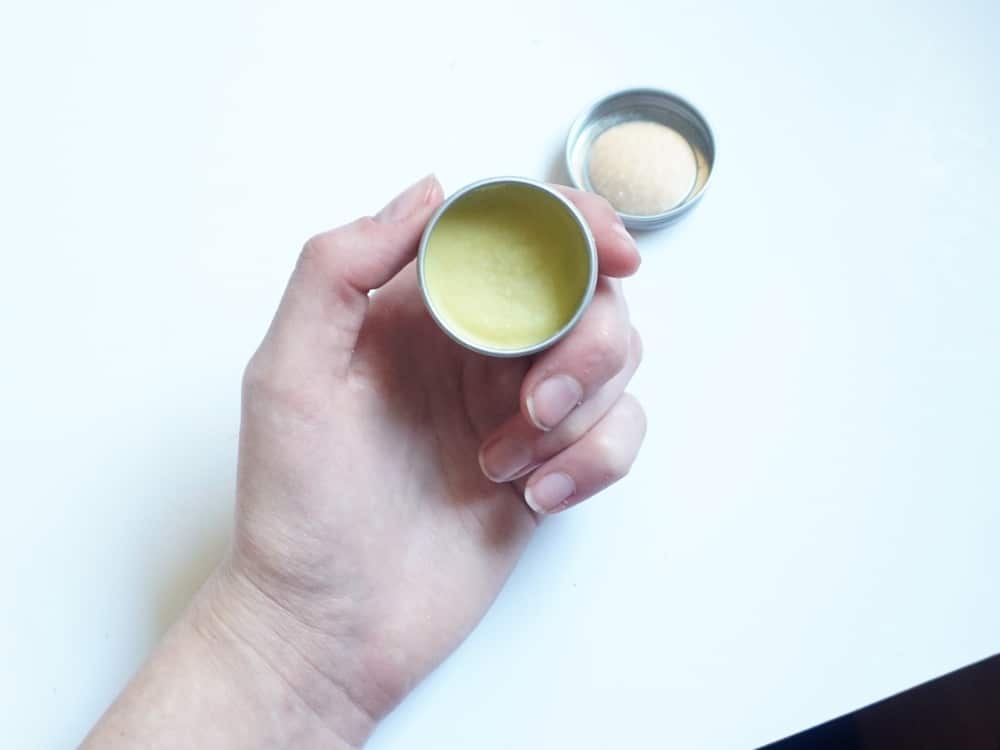
Here’s the challenge: Find one packaged product to replace. Lip balm is one of my favorite things to make. Get a parent to help to you!
RELATED POST: How to Make Zero Waste Lotion
day eleven:
LINE DRY
Dryers use A LOT of energy and can be too rough causing premature damage to clothing.
Line drying not only saves energy, but it’s a natural wrinkle releaser, and the sun is natural bleach. It’s a great way to save a little money and help lighten the load on the power grid.
Here’s the challenge: Next time you do laundry, hang it up outside. You can tie a rope between two trees or you can use a collapsible drying rack.
day twelve:
KEEP IT REAL
Disposable products use a lot of resources and are only used for a very short period of time. It’s much better to use real items and wash them!
Don’t be fooled into thinking disposables save water! Did you know it takes 8 gallons of water just to make one paper plate!? Do your part by keepin’ it real.
Here’s the challenge: Refuse disposable items this week and opt for reusables instead! You’ve already started this practice with water bottles. Keep it going, why not use real flatware in your lunch box, use cloth napkins, or bring your own cup for a refill at the soda fountain?
RELATED POST: 15 Ways to be Zero Waste Even if You Don’t Have a Bulk Store
day thirteen:
REPAIR
Repairing is a huge part of the zero waste lifestyle. Just because something is broken, doesn’t mean it’s time to get something new. Many times these items can be fixed with just a little bit of effort or know how.
Here’s the challenge: If you’ve lost a button on a shirt or have a toy with a broken part, don’t toss it! Repair it. With a few simple tools, it can be as good as new.
Ask your parents for help when fixing! You can always look up a YouTube video and learn a new skill together.
day fourteen:
Walk or Bike
Driving around town uses a lot of gas. Gas is a fossil fuel and one of the main contributors to climate change. You can help with that by walking or biking short distances instead of driving.
Here’s the challenge: Rethink your commute this week! Can you walk or bike to the store? To school? To the library? Find a place you can walk or bike instead of driving.
Get the whole family on board and plan a day without vehicle travel. Of course, taking public transportation or carpooling is another way to cut back on emissions. Try to incorporate those into your weekly routine too.
day fifteen:
HALLOWEEN PREP
Halloween is just around the corner. Are you getting excited to dress up and dreaming about all of the yummy treats?
A lot of those treats have a lot of trashy packaging and a lot of the costumes are poorly made and will fall apart quickly.
Here’s the challenge: Get involved with a costume / treat swap! Borrow a cool costume or buy costumes second hand. Host a treat swap with friends so you can make your own spooky treats with less packaging waste.
RELATED POST: How to throw a Zero Waste Halloween Party
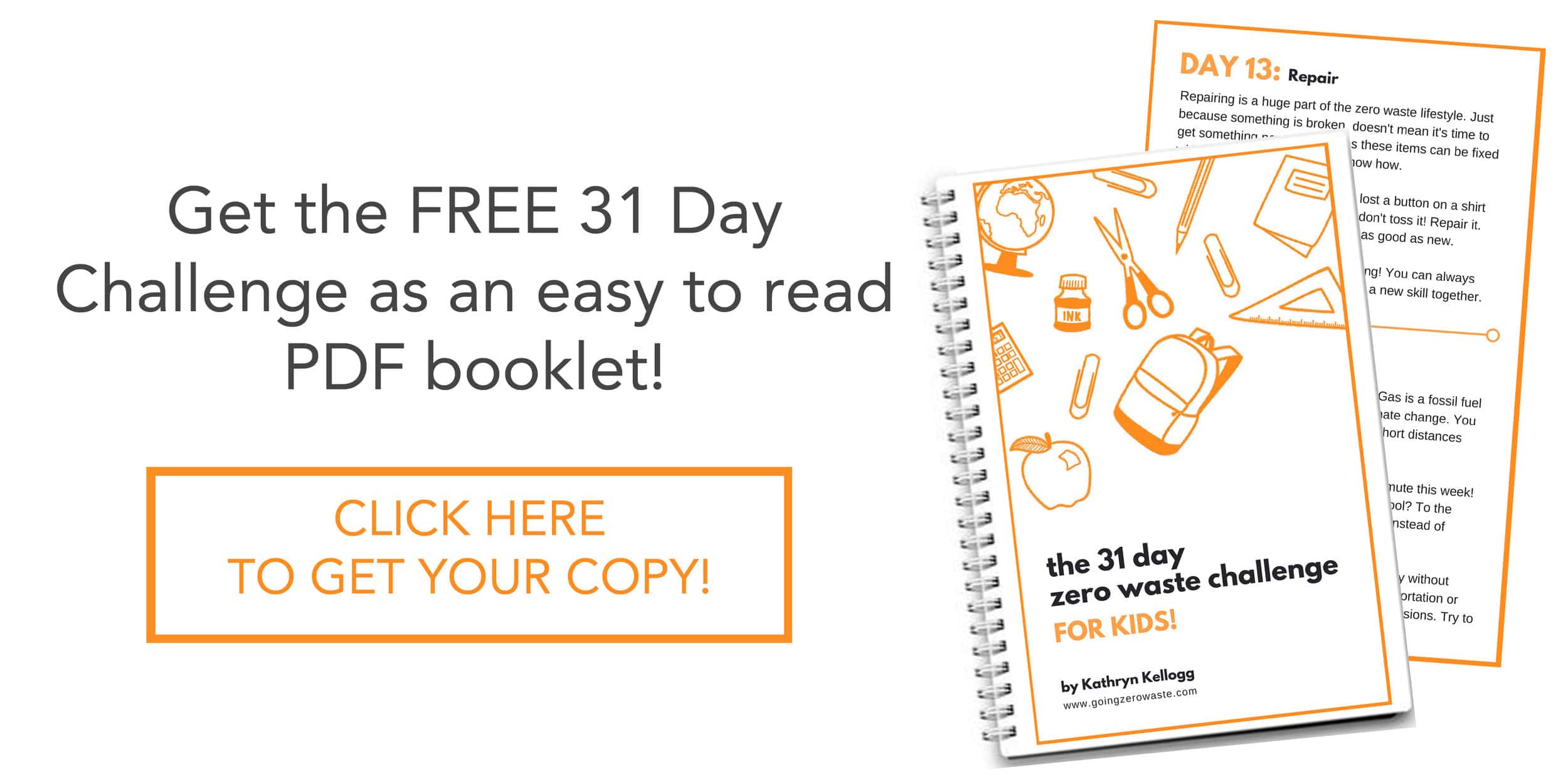
day sixteen:
REUSABLE BAG
When you go to any store, the first instinct is for the clerk to place your purchases inside of a plastic bag. This plastic bag is often unnecessary, and it’s not good for the environment. Plastic bags are so light they often blow into storm drains and eventually into the ocean.
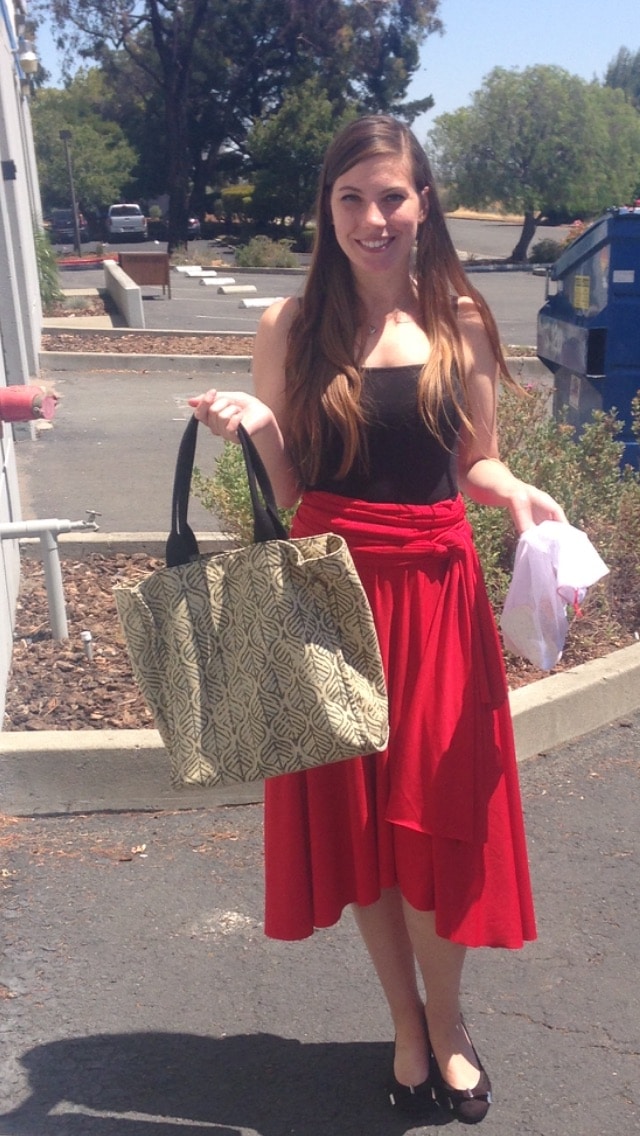
Here’s the challenge: Practice keeping a reusable bag on you! When you’re out shopping, whether it be the hardware store, grocery store, or the pet store use your own bag. If you forget it, try and carry the items without a bag or ask for a box from the stock room. Just remember to recycle the box!
day seventeen:
SCHOOL SUPPLIES
School supplies can be full of disposable plastic items. Before you shop for new items, make sure to check your house. The thrift store is also a great place to find school supplies. There are typically lots of binders, loose leaf paper, even markers, and staplers.
Here’s the challenge: Next time you need a new school supply, try and find a product that can be used for a really long time. Instead of a plastic ruler opt for one that’s stainless steel. Instead of a plastic folder opt for one that can be composted and is made of plain kraft paper. Think through the whole lifecycle of the item. When you’re done with it, is it trash? Or can it be used again? Of course, don’t forget to check the thrift store too!
RELATED POST: The ULTIMATE List of Zero Waste School Supplies
day eighteen:
FARMERS MARKET
Food can travel a long way before it gets to your plate, and sometimes you don’t know how it was grown. At the farmers market, you know your food is local and you can ask the farmer how it was grown. How neat is that!?
Here’s the challenge: Locate a farmers market near you and plan a family trip to visit. Look at all of the beautiful and seasonal produce. Chat with the farmers about how the food is grown. If you’re feeling extra adventurous purchase a new or beautiful looking fruit or vegetable and learn to make a new meal!
RELATED POST: The ULTIMATE Zero Waste Guide to Storing Your Produce Without Plastic
day nineteen:
PRODUCE BAGS
Produce bags at the grocery store and even the farmers market are usually plastic. You’re already bringing a reusable bag with you, why not throw in some reusable produce bags too?
These can be purchased, easily sewn from scrap fabric, or you can use something already around your house like an extra pillowcase!
Here’s the challenge: Next time you are buying groceries, don’t bag the produce if it’s not necessary. A lot of time it’s not. For what is necessary, like large groups of items, use a reusable produce bag.
day twenty:
SCOPE OUT THE BULK BINS
Like we’ve talked about in previous days, it’s best to try and avoid unnecessary packaging. You can buy meat and cheese in your own containers from the butcher or deli. You can even buy snacks, grains, baking staples, and candy from bulk bins without ANY packaging.
Here’s the challenge: Scope out some local grocery stores to see what you can get package-free! Any bulk bins? What about a butcher counter? Deli counter? Olive bar? Salad bar? These are all places you can get food to-go without packaging. Make a list and ask your parents if you can help them buy some of their groceries package-free!
RELATED POST: The ULTIMATE Guide to Zero Waste Grocery Shopping
day twenty-one:
RECYCLING
Recycling is great, but it should be viewed as a last resort and not the first line of defense. We should first refuse unnecessary waste, then reduce what we need, reuse what we have then and only then should we recycle. But, it’s important to know what’s actually recyclable.
Here’s the challenge: Go online to your local waste management plant’s website and figure out what you can recycle. Can you recycle plastic number 5? What about plastic number 6? Learn what each of those are and make a list. Make sure you and your family are recycling correctly.
RELATED POST: Is that REALLY Recyclable?
day twenty-two:
CLOTH NAPKINS
Paper is great because it’s compostable, but it still takes a lot of trees to supply everyone with paper napkins. Instead of a paper napkin use a cloth napkin. This napkin can be used over and over again instead of being thrown away after one use.
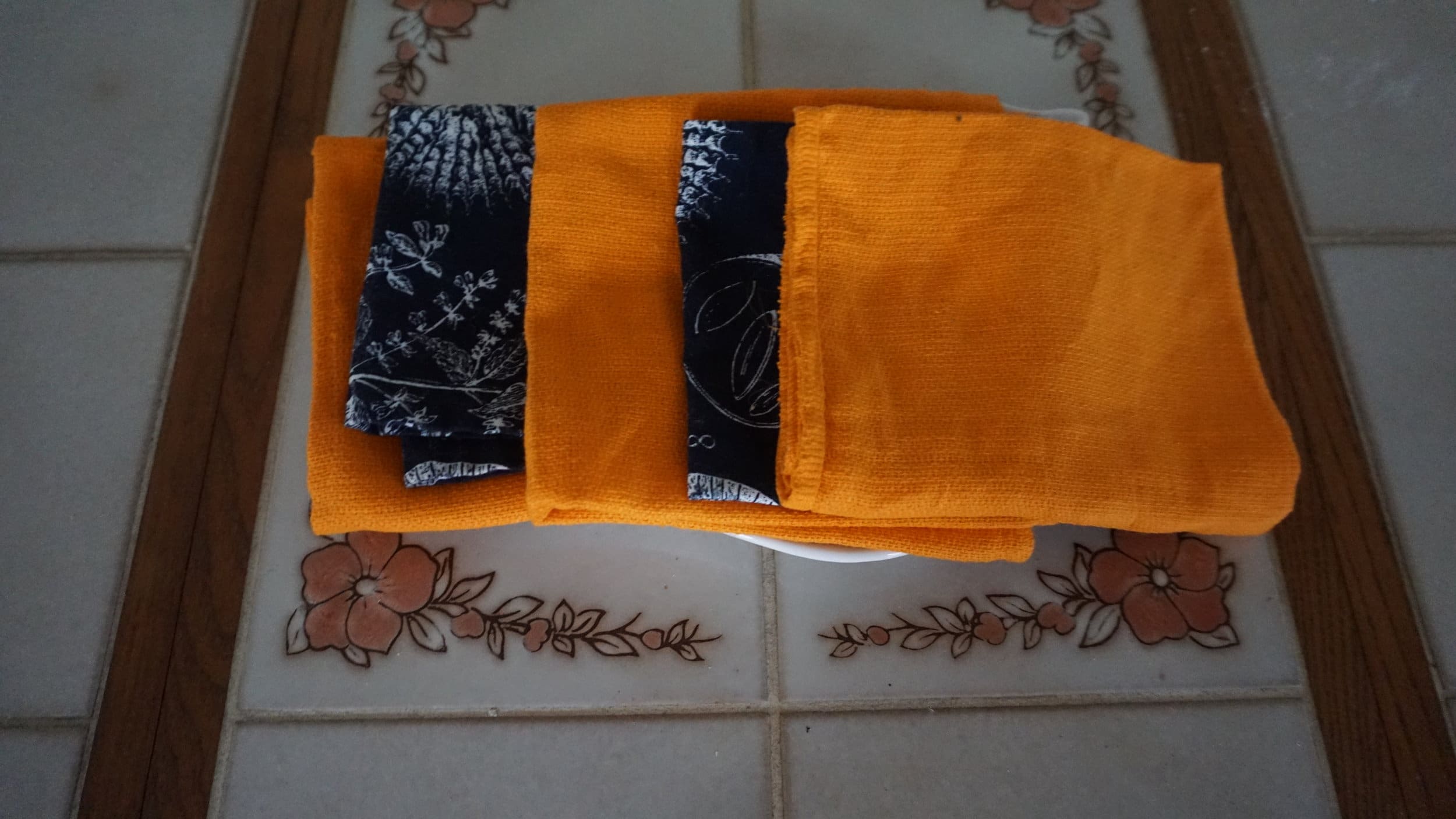
Here’s the challenge: When packing your lunch, make sure to include a cloth napkin. Pack the cloth napkin back into your lunch box with your leftovers. When you get home, if your cloth napkin is dirty, add it to your laundry hamper.
day twenty-three:
TOOTHBRUSH
This is a really easy change to make! Did you know every piece of plastic ever created still exists? There are thousands of toothbrushes washed up each year on beaches across the globe. Don’t let your toothbrush be a part of the problem.
Here’s the challenge: When it’s time for a toothbrush change, switch to a compostable bamboo toothbrush. You can compost the handles or you can also use the bodies for kindling in a backyard fire. You can even upcycle them and turn them into cool craft projects.
RELATED POST: 15 Simple Swaps for a Zero Waste Bathroom
day twenty-four:
UPCYCLE CRAFT
So many neat things can be made out of stuff we toss. When you turn a waste item into a useful item it’s called upcycling. Before you put anything in the recycling bin, you should ask yourself, what can I make with this?
Here’s the challenge: This week make a craft with something upcycled. Cardboard boxes can be turned into tiny villages or storage boxes. Paper printed only on one side can become a new coloring page or folded into a unique fun shape.
Get really creative! There are a ton of fun upcycled crafts on Pinterest.
day twenty-five:
TOILET PAPER
Did you know it takes 37 gallons of water to make one roll of toilet paper? Americans use 8 million tons of toilet paper a year. If every US house used just one roll of 100% post-consumer recycled TP a year, it would save 423,900 trees.
Here’s the challenge: When you run out of TP look for TP with 100% recycled content. Try to find TP wrapped in paper, which can be composted, instead of plastic. Even better, ask your parents about installing a bidet attachment. They’re relatively cheap and will pay for themselves within a couple of months.
RELATED POST: Zero Waste Toilet Paper
day twenty-six:
TO-GO CONTAINERS
To-go containers make up a large part of trash in households. Even the ones that look like cardboard are lined with plastic. These containers are super easy to avoid by remembering to bring a container with you when you go out. This can be a Tupperware container, mason jar, or even your lunch box!
Here’s the challenge: Next time you go out to eat, bring along a container. You can take any of the leftover food home to eat later.
No food waste and no packaging waste, it’s a win-win!
RELATED POST: The Ultimate Guide to Zero Waste Takeout
day twenty-seven:
WASH THE DISHES
Help your parents out by doing the dishes! When washing the dishes you can help save lots of water. You can also ditch the plastic scrubbies and sponges by switching to compostable dish scrubs or rags.
Here’s the challenge: When your dish scrubs come to the end of their life look at some compostable dish scrubs. They last A LOT longer, on average a year, and can be composted when their life span is over.
day twenty-eight:
FOOD SCRAPS
Before you take any food to your compost bin, ask yourself can you eat that? Many times you can!
Here’s the challenge: Rethink your food scraps and make a new recipe with your parents.
Leftover onion skins, carrot peelings, and celery tops make a delicious vegetable broth in the crockpot. You can turn carrot tops into a delicious and spicy pesto. Strawberry tops can be infused into a delicious and refreshing flavored water. You can easily turn bruised apples into apple sauce.
There are hundreds of ideas for using up veggie scraps. Find one that you’d like to try this week.
day twenty-nine:
GREEN CLEAN
Did you know cleaning companies don’t have to disclose the ingredients in their products? Many of these hidden ingredients are toxic to the planet and humans.
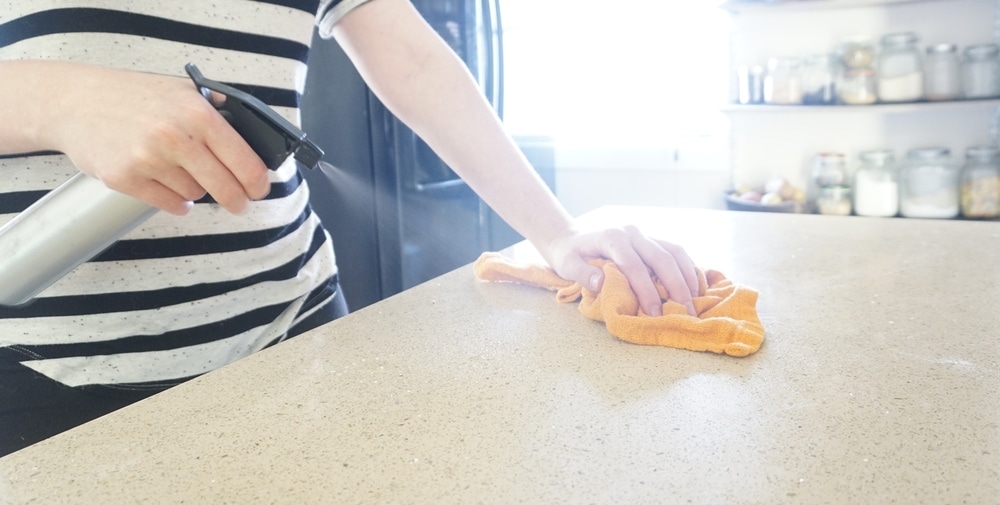
Here’s the challenge: Make your own all-purpose cleaner and help your parents out this weekend with cleaning duty! It’s way easier than it sounds. In a spray bottle, put one part distilled white vinegar and one part warm water. Give it a good shake, and grab a cloth cleaning rag. Spray down the kitchen table, baseboards, even your bathroom counter and follow up with the rag for a squeaky clean surface!
RELATED POST: Learn to Make 2 Zero Waste All-Purpose Cleaners
day thirty:
VISIT A THRIFT STORE
We talked about redistributing resources earlier. By shopping second hand you keep new resources from being used for new items. Shopping second hand allows us to utilize good resources already in the waste stream.
Here’s the challenge: Take a trip to your local thrift store. When ever you need to purchase something, it’s worth looking at the thrift store first. Whether that’s a new piece of clothing, a toy, book, or even craft supplies!
There are a ton of amazing and unique items you can find. It’s like a mini-treasure hunt each time you go.
day thirty-one
GET INVOLVED
Now that you’re personally saving the world, it’s time to take things one step further.
Here’s the challenge: Work on organizing an event this year. There are so many awesome things that can happen through groups acting together.
Here are some ideas for you to get involved with your local community:
– organize a beach clean-up day
– talk with your city council about environmentally friendly projects, maybe propose one of your own like a plastic straw ban or styrofoam ban
– teach others how to buy food the zero waste way
– help others learn new DIY skills
– grow your own food or compost at a community garden
RELATED POST: How to Get Involved with Local Government

I hope y’all are as excited about this challenge as I am! It’s taken weeks worth of work. Please check out the Zero Waste October website. I would love to see more schools get involved and grow this to be a huge teaching moment for student all across the US!
If you’ll be participating or are a teacher and would like your class to participate, please let me know in the comment section below. I would love to get some feedback.
Rebecca, who’s hosting this challenge at her school, has partnered with art teachers to make zero waste crafts which I think is SO cool. I would love to hear more ideas like that too.

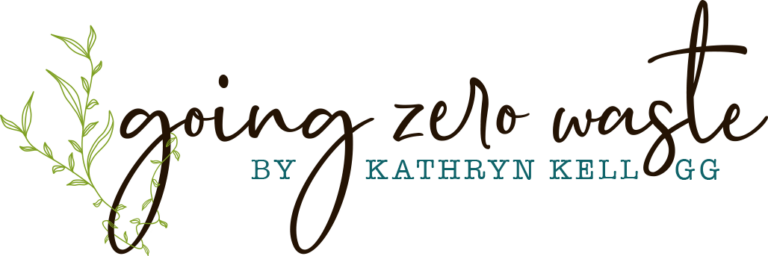
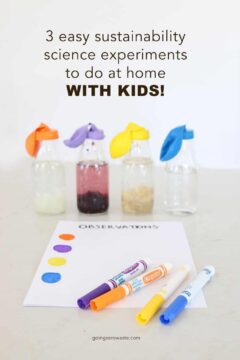





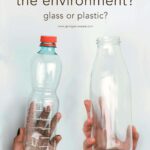
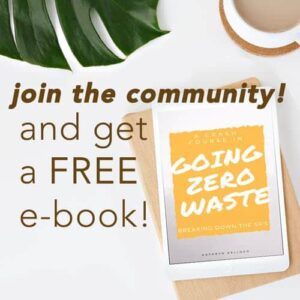

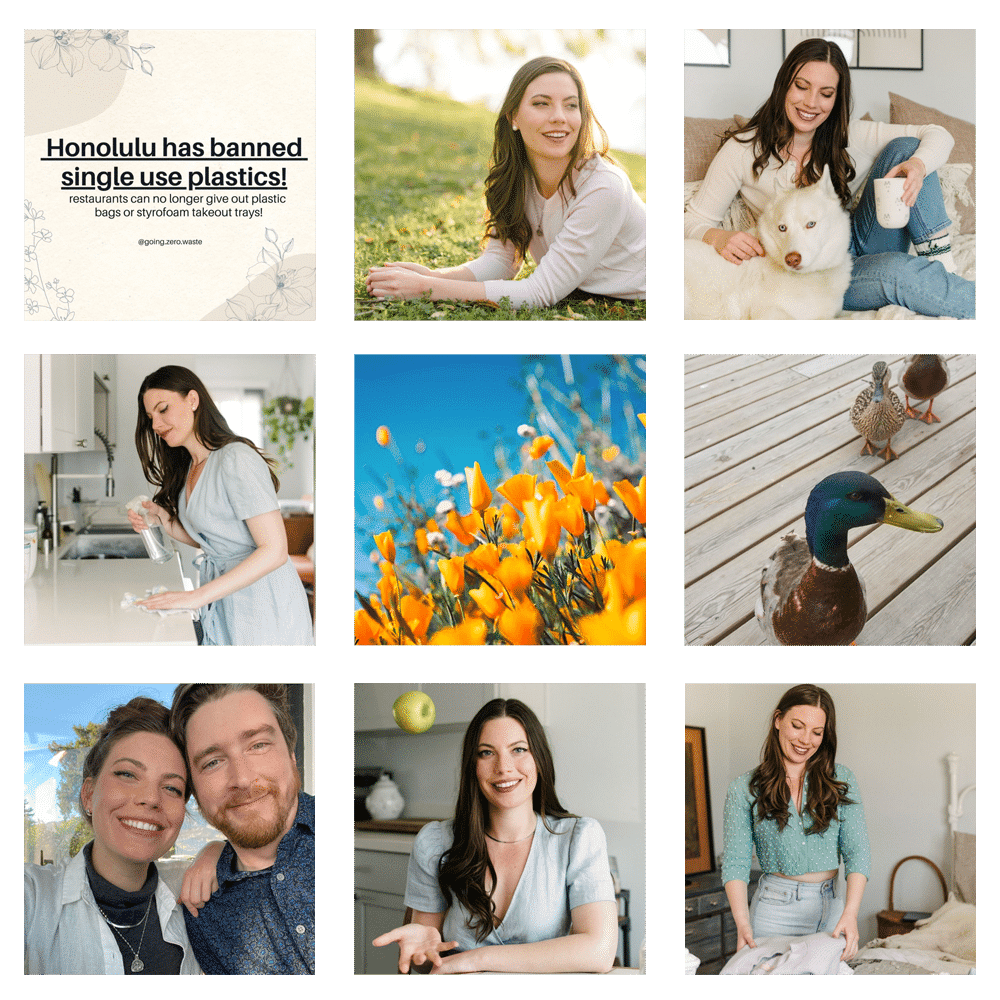
I love this challenge! There is so much waste in school supplies and food it is really disheartening. If any educators do take up this challenge, could you please give an update at the end of October and again at the end of school? Thanks!
A couple of schools have already signed up! I can’t wait to hear their results. I will share. 🙂
Hi Kathryn!
This is an awesome ressource! I would love to make it work in my kids schools. Now that the challenge is over – do you have learnings about the experience you could share with us? Thanks! Clothilde
Thanks for reminding me! I posted the recap on Zero Waste Home here’s the link! https://zerowastehome.com/2017/11/look-first-zero-waste-october-challenge/
Wow! This Zero Waste guide is very thorough. This is an excellent resource. I’m looking forward to sharing it with my students!
I’m so glad you like it!
Hi! I really loved it, I have proposed this in my college to do it in a school and they loved it. I’m from Argentina and we don’t have things like ‘Halloween prep’ so I changed it for something else, but all the credits goes to you!
Hi – while it is not October (so I had to make changes to Halloween day) – I printed it out and it is on my wall for my 5th graders to absorb each day. Climate Change is talked about often in my classroom. We talk about all the ways we can make change on a daily basis. So this is a great reminder. For Earth Day (today), we turned the focus on why we should love our earth. Thanks for this fun and easy challenge for kids.
Heya, I’ve just read this from where you recently posted it to Facebook. Although I have no kids and don’t work in a school I am going to use this myself for inspiration! I already do some of the items on the list but am trying to make a new change each month and this has given me plenty of ideas. I’m going to try and make some home made snacks – starting with some energy bars! I’ve passed the link onto my partner who works as a TA so maybe he’ll get his kids to try the challenge.